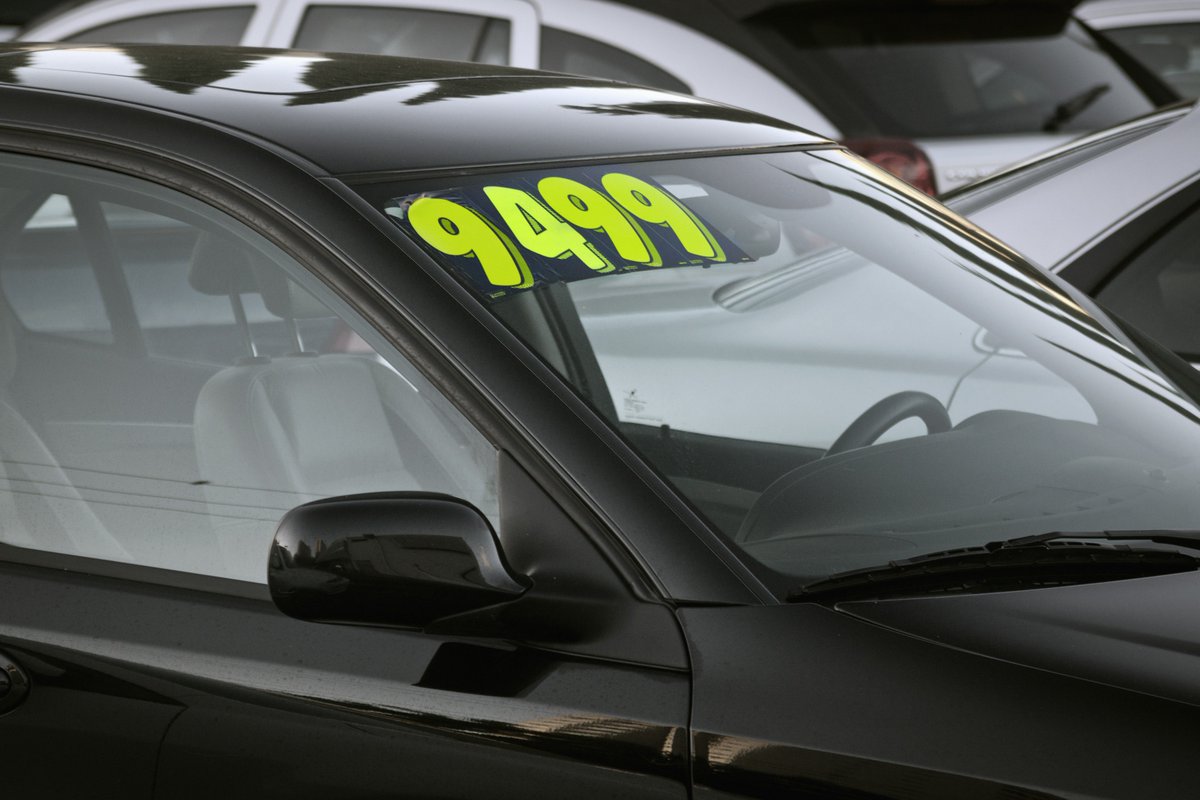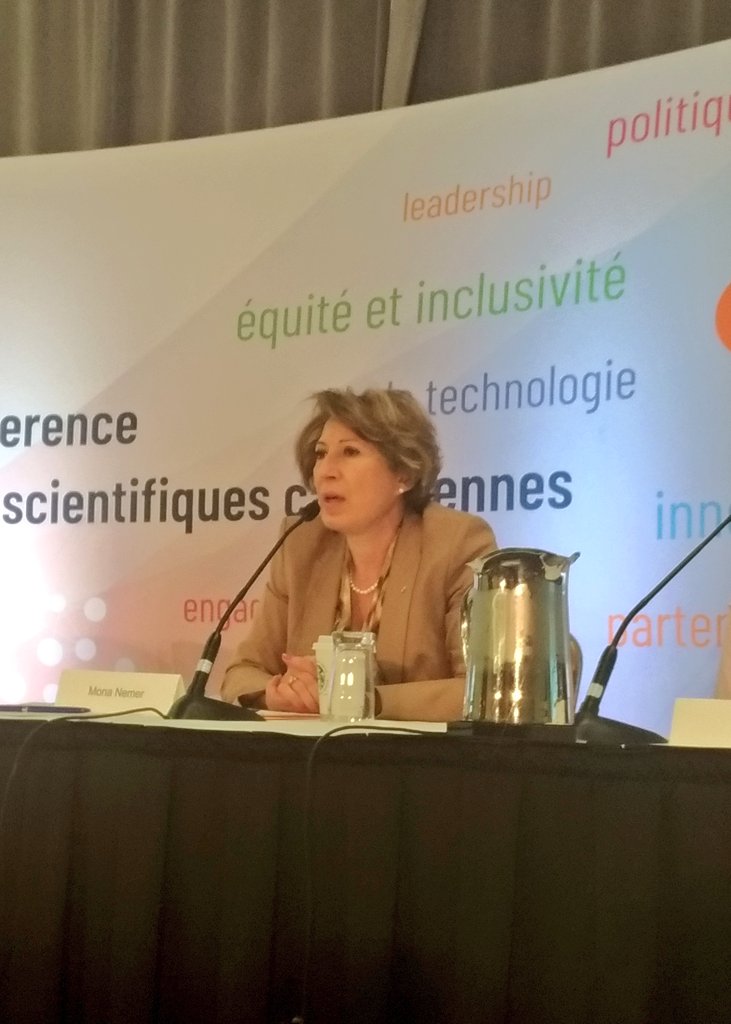1. We have a capacity issue. We don’t have enough physical space for an increase in the number of transit vehicles.
*the facts likely aren’t fun.
We know it’s true:
Raise fares, ridership decreases.
Lower fares, ridership increases.
This is the elasticity of fares and there’s even a formula for it.
But where did that idea even come from? Why is that considered a best practice? Why not full recovery? Why not no recovery?
Well...
But there are questions.
How do calculate the value of an incredible asset like a municipal transit system.
What is the true value it provides to a city? How do we benefit?
What economic activity do we generate with publicly accessible transit? People going shopping, going to work, applying for jobs, meeting and bumping into friends, snippets of conversation sparking ideas, etc.
There are potential health benefits, too. I don’t just mean reduced pollution and more exercise.
When ppl can go to the doctor, keep appointments, when seniors can keep social, etc...we win
There are numerous ways to calculate value
In 2015 the city estimated the economic benefit of transit to be approx $700m/year.
What would it be now, especially if we factored everything in?
And then, what if we designed this in a way that increased the benefits?
Does that make cost recovery through fares realtively inconsequential aside from the elasticity effect (reduce ridership by increasing fares)?
Yes.
Safe
Accessible & Affordable
Efficient & Comprehensive
Clean
And more. What if we could sweep the deck and start from scratch. What would we design?
Those are the very broad strokes of my transit efforts.
Our population is growing. Congestion will get worse.
We’re behind.
The good news:
The details of my transit motion have been adopted.
Until then, I don’t see the point in discussing fares. We need to better understand the potential impacts of this move on the community.





